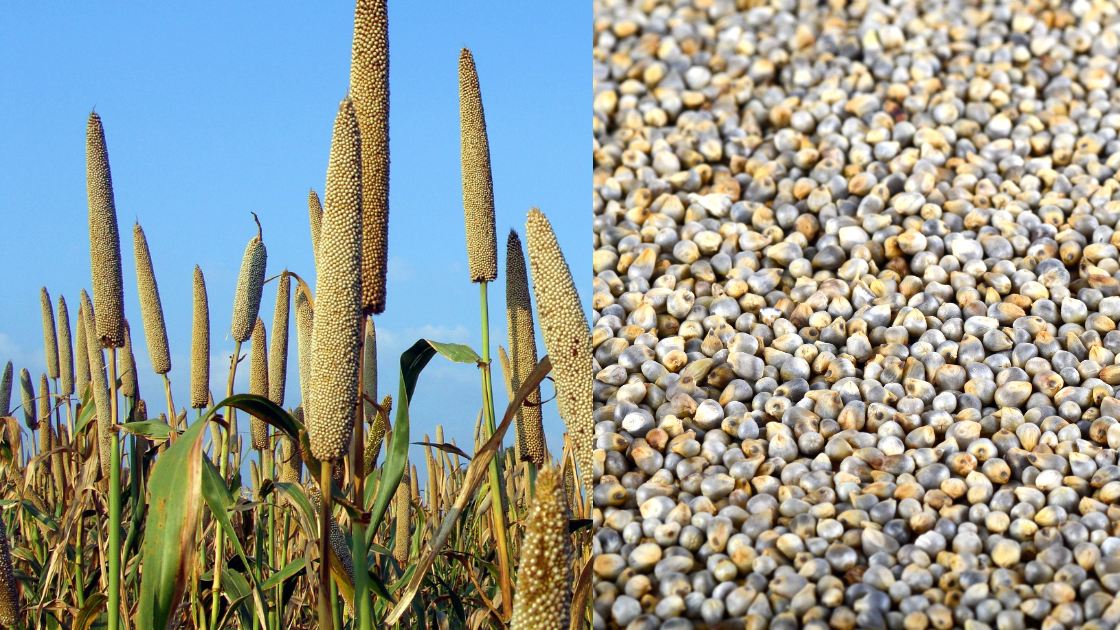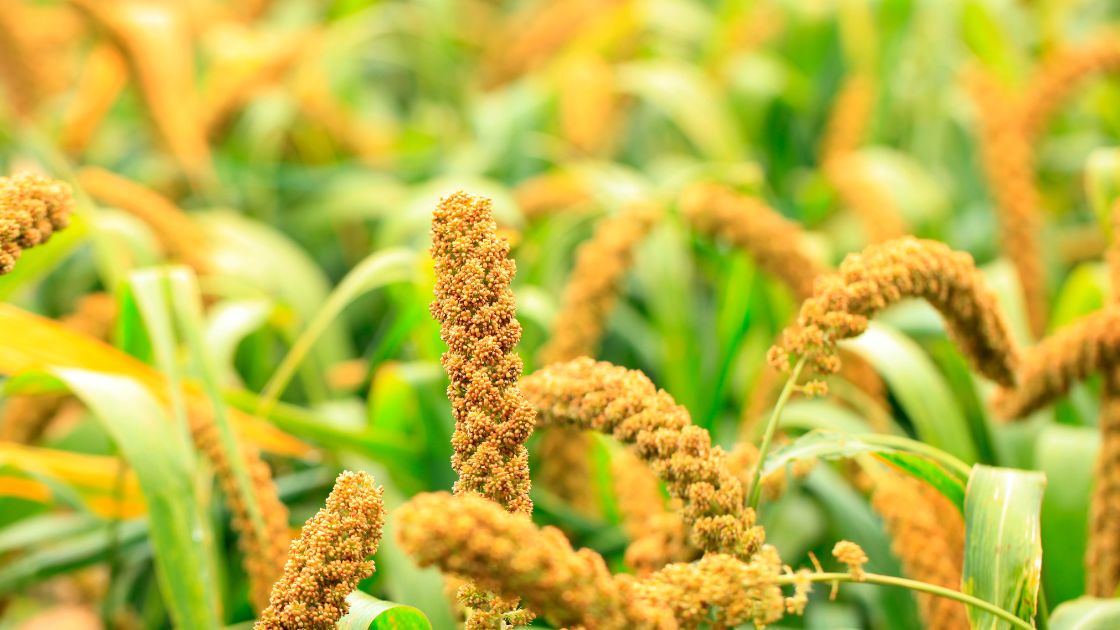Introduction:
Millets are becoming a point of great interest in the current state of diabetes management through natural and healthy foods in these recent years. While these ancient grains are known for their nutritional value and flexibility, they have become the center of discussion in restoring diabetes by keeping diabetes blood sugar under control.. This article describes “The Millet Nutritional Edible Diet which Keeps Diabetes Blood Sugar under control with No Diabetes Medicines 2024”.
The above exploration of the nutritional composition of millets, their effects on blood sugar levels, and practical incorporation into the companion diabetic diet aims to offer an all-rounded overview of their contribution to meal planning.
Millets, known for their resilience and richness in nutrients, have been a key crop in different communities for hundreds of years. Millets provided hope for many individuals in Africa’s arid plains to Asia’s fertile lands due to their rich scams and diverse cooking uses. Furthermore, millets provide hope to humans by their potential benefits, particularly as humanity fights an epidemic of diabetes.
Pearl Millet (Bajra)

Pearl millet, also called Bajra, comes from Africa and the Indian subcontinent, and it is notable for its high protein and fiber content. It can be a perfect choice for diabetic patients due to its medium glycemic index which helps stabilize blood sugar. Pearl millet performs dietary wonders in several dishes ranging from typical rotis to nutritious porridges hence improving taste and nutrition simultaneously.
Foxtail Millet (Kangni)

Foxtail millet is a crop indigenous to China. Foxtail millet, also known as Kangni or Thinai, is one of the valued crops that Chinese farmers have grown for centuries. Foxtail millet contain a vast amount of antioxidants, minerals, and vitamins. The low glycemic content of this grain helps manage blood sugar and high glucose levels, making it the perfect food for someone diagnosed with diabetes. Whether it is bland upma or soothing pongal, it enhances the elegance of all food and nutritious value.
Sorghum (Jowar)
Despite not being a millet per se, sorghum, popularly called Jowar, has equivalent nutritional benefits and versatility in the kitchen. With medium glycemic index, good fiber and protein levels, sorghum becomes a dependable friend in controlling blood sugar levels. Sorghum is used to prepare various foods such as wholesome rotis as well as porridge that brings comfort to an individual’s heart; it provides nourishment and contentment to those who chew it.
Finger Millet (Ragi)
Situated in the heart of India, finger millet, or Ragi, is a nutritional dynamo high in calcium, iron, and amino acids. It is the best option for diabetics due to its low glycemic index and assists in the regulation of blood sugar levels. Finger millet is used to make rotis, dosas, cookies, and many other things, adding its distinctive taste and texture to the world of meals and sweets.
Little Millet (Kutki)
Yet another type of millet known as kutki or little millet is becoming increasingly popular because of its nutritional qualities. It is a good source of fiber, B vitamins and nutrients such as magnesium and phosphorous, among others. Little millet is low in sugar levels hence suitable to diabetic patients who are able to keep their blood glucose steady. If you cook pulao with savoury dishes or kheer with sweet dishes, they add a crunchy flavor and chewy feel to the food.
Comparing Glycemic Index Values
The Glycemic Index is a scale that assigns a value from 0 to 100 to carbohydrate-containing foods based on the effect on blood sugar and compares to pure glucose, which is assigned a score of 100. Low GI options are those at 55 or lower; they contribute to a gradual increase in blood sugar and provide ongoing energy, reducing the likelihood of blood sugar crashes. High GI selections are 70 and above, which maximize in a rapid spike and fall, which might leave you tired and hungry.
GI is a tool primarily used for blood sugar management in diabetics; however, it has its own limits. All that matter here is the content of carbohydrate and effects thereof disregarding other aspects of digestion as well as sugar influence.
Other factors that influence blood sugar response are the bigger portion, the “diet-busting” ingredients, digestion-slowing nutrients such as fiber and protein, and processing that changes the way foods are broken down. It might be helpful to include both low and high GI foods in a meal and consider the portion size, or use the Glycemic Load.
One should remember that Glycemic Index (GI) is only a guide and not an absolute rule. The reaction of different individuals to various foods can be dissimilar due to factors such as gut health and metabolism. It is important to check blood sugar levels regularly and seek the advice of healthcare providers or nutritionist in order to personalize your diet based on your unique health requirements and likes.
By using this approach, you can ultimately establish an enduring treatment tactic to control blood sugar and suitably ascertain what to consume. One of the primary feature to contemplate whether millets are suitable for diabetes care is its glycemic index. The foods with low GI , 55 or fewer, break down and recovers more gradually, leading to small, steady gains and improvements in blood sugar levels and blood sugar.
- Pearl Millet (Bajra): GI ranging from 48 to 71 (moderate GI)
- Foxtail Millet (Kangni): GI ranging from 45 to 53 (low GI)
- Sorghum (Jowar): GI ranging from 54 to 71 (moderate GI)
- Finger Millet (Ragi): GI ranging from 66 to 82 (high GI)
- Little Millet (Kutki): GI data may vary but generally considered to have a low GI.
While most millet varieties have moderate to low GI values, it’s essential to consider portion sizes and overall meal composition to achieve optimal blood sugar control.
Conclusion
In conclusion, the expedition through the domain of millets discloses a tapestry of flavors, textures and nutritional gains that make them very valuable to combat diabetes with. From their modest rootage to their culinary diversity, millets are a holistic approach to health that transcends mere feeding.
Amidst all the confusion, controversies, and contradictions that characterize the web of modern diets, let us choose to accept the unparalleled goodness of millets as our first step toward holistic well-being. From iron- and protein-injected rotis made with pearl millet to delicious bowls of comforting Upma simmered in the earthy rhapsody of foxtail millet, or delightfully guilt-free ragi smoothies, the options are infinite.
Embracing millets as a staple in one’s diet not only sustains our bodies but also respects the wisdom of our ancestors who valued these archaic grains. Let’s start this millet journey with eagerness and inquisitiveness, aware that each nourishing chew nurtures our bodies and supports our health.
Throughout the spectrum of diet, millets layer as a declaration of the opulence of earth and strength of cultural knowledge. Thus, why not put a strain on our behavior and accept the millet for health and comfort? With great conduct comes good health. At present, diabetes can be conquered, not just controlled, and we may build a general future of healthy nourishment at a time.
FAQs for The Millet Nutritional Advantage for Diabetics in 2024
FAQs:
Can millets cause blood sugar spikes in individuals with diabetes?
Although millets have generally a lower glycemic index compared to refined grains, individual responses vary. It is important for people with diabetes to monitor their blood sugar levels after they eat millets and adjust the size of the serving accordingly.
Are certain types of millets better for managing blood sugar levels in diabetes?
Although some research indicates that millets with a lower glycemic index and high fiber content have a “better ” effect on blood sugar, personal habits and requirements should not be disregarded.
How should millets be prepared to maximise their potential benefits for individuals with diabetes?
To maximise the health advantages of millets for diabetes control, one should prepare them in ways that preserve their food value. This entails cooking with less processing, no extra sugars or fats and including them in balanced meals made up of proteins, good fats and vegetables.
Are millets suitable for individuals with gluten intolerance or celiac disease?
Millets are free of gluten naturally, which means they are also suitable for people with a gluten allergy or celiac disease. Nonetheless, cross-contamination is quite common for any processed or prepared food, so consumers with a sensitivity must find products proven to be gluten-free.
Can millets be consumed in large quantities as part of a diabetic diet?
Though millets give various fitness merits and can be assimilated in a well balanced diabetic meal, it must be done moderately. Excessive consumption of millets or any other food can cause uncontrolled blood sugar levels. It is important to monitor portions and overall diet for good control of sugar.


Very well said..
Thank you sharing this information☺️
Thanks for for your kind comment
Very detailed information.